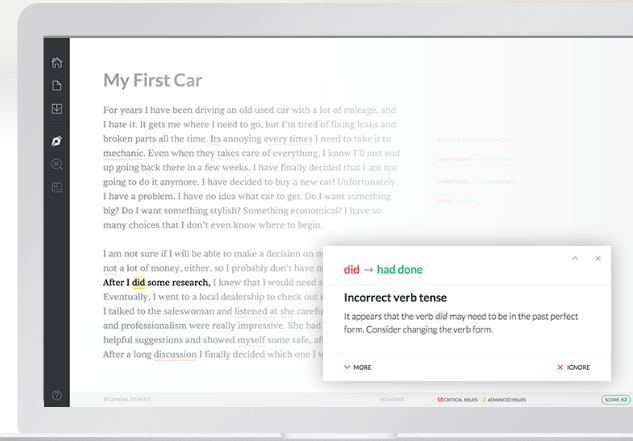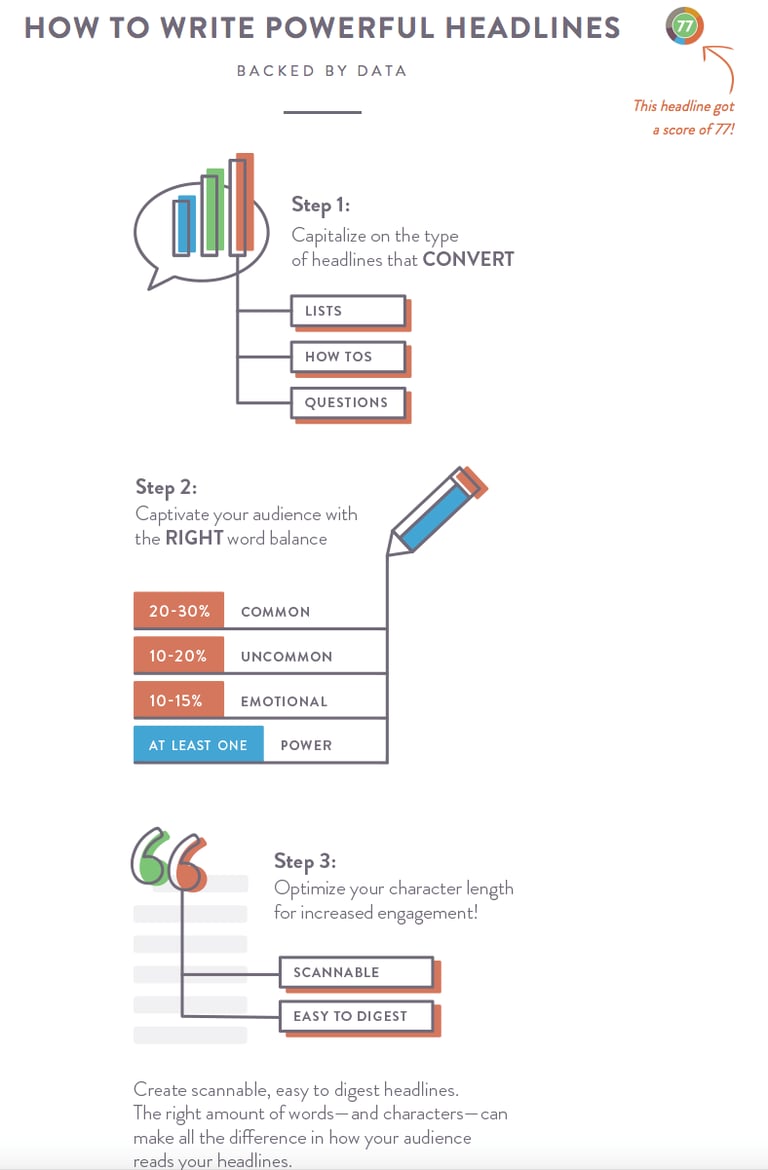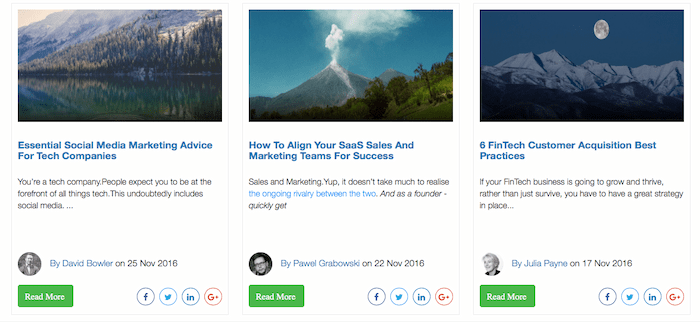When it comes to inbound marketing, your website’s blog can often be your number one ally.
Here is where you will be working hard to connect with your audiences on a frequent basis. Many of your first-time visitors will have stumbled across your site via means of a link to a particularly interesting blog post on social media. Your leads, who are still weighing up the prospect of doing business with you, will be browsing your blog posts, trying to confirm that you really are that “industry expert” your About page professes you to be. And your paying customers will also be having a good look around, deciding whether or not they should be doing business with you again.
Your company’s blog truly is an essential cog in the buyer’s journey machine.
However, getting your target readers to read just one blog post isn’t enough – no matter where they are along their journey. Your blog is meant to build lasting and meaningful relationships – not be simply a rendezvous-point for the marketing equivalent of a one-night stand.
No, like all good inbound marketing practices, the aim is to nurture long-term connections by turning engaged-readers into loyal and returning readers.
The Importance of Return Reader Rates
Return reader rates are important metrics that must be tracked. For starters, they let us know how well (or not) our content is performing – and thusly give us insights into what we need to optimise.
How many readers, once they’ve had a scan through one of your blog posts, come back for more? It’s important that we know this figure, for retention is critical for building engaged audiences that will promote and share our content, and thusly put our brands on the radars of more and more people.
Of equal importance is the fact that return reader rates are strong indicators of purchase intents. Indeed, there’s a very interesting Virgin Mobile case study published by BuzzFeed, which shows that users who were exposed to Virgin Mobile’s branded content between five and nine times were a whopping 278% more likely to consider the brand when they next made a mobile phone purchase.

(Image source: nanopdf.com)
How to Increase Return Reader Rates
Return reader rates are clearly more than mere vanity metrics. Loyal readers make for loyal customers – and that, ultimately, is what inbound marketing aims to achieve.
When people start regularly returning to your blog, you know that you are making connections.
So – how to go about increasing those reader return rates? Here are the things you need to be considering.
1. Grammar, Punctuation, Syntax
Ok, let’s start with the fundamentals.
Write well, and abide by the rules of the English language (other languages are available). You don’t have to be a grammar stickler to be irritated by misplaced apostrophe’s and pourly spelt proze. (Try and tell us that didn’t bother you.)

(Image source: grammarly.com)
Every piece of inbound marketing content that you release into the wild is a representation of your business – and if the first blog post a potential new customer comes across is filled with syntactical, grammatical and punctuation errors, it’s not a good first impression to give (in other words, don’t expect them to be coming back for anything any time soon).
Use your word processor’s spelling and grammar check, or sign up to something like Grammarly – and always make sure you have someone else proofread every post before it goes live (it can be very hard to spot mistakes in your own writing).
2. Fill Your Blog Page with Enticing Titles and Images
Writing great headlines, of course, encourages people to click on your posts – be it for the first time or the fifty-first. So, concentrate on getting these right. CoSchedule offers a brilliant, free, headline analyser, which will score your headlines from 0-100 and give you tips on where to improve (aim for a score of around 70 or above to be sure you’re onto a winner).

(Image source: coschedule.com)
With an army of killer headlines, make sure your blog page is listing them – with their (equally enticing) featured images – cleanly and coherently so readers of one blog can easily scan for another that might pique their interest. This way readers will be able to clearly see exactly what else you’ve got on offer, and may well bookmark your blog page to remind themselves to come back for more.

Ask Followers for Content Suggestions
You want people to keep reading your blog? Ask them what they want to read about!
Creating an engaged readership means reaching out to them with questions. You might think you know what will be of most value – but you can never be absolutely sure until you ask.
People will feel truly connected to your brand when you start taking their suggestions into account, and, subsequently, they begin seeing their titles appear in your blog. If this proves popular, then it may of course be difficult to serve everyone – but the engagement that a content suggestion scheme creates can be significant, and will improve reader return rates most certainly.
Open Up Your Editorial Calendar
It’s a very simple trick that TV stations have using ever since there were TVs, but letting your readership know what’s “coming soon” will create a buzz about your blog. Get the upcoming titles right, and you can even begin to start generating engagement before you’ve even penned the posts.
And this is a good trick, for it means that you can make personal reference to your readers in the blog posts themselves when you come to write them, perpetuating still more engagement and loyalty from your readership.
Conduct the Research that No One Else Is
Return reader rates will only ever increase if you’re giving your readership something of supreme value that they simply won’t be able to get anywhere else.
Often, this will mean conducting original research into interesting areas of your industry. This needn’t be a particularly difficult task (though can tend to be a little time-consuming) if you simply create a questionnaire or survey for your readership to engage with, and then write up the results.
However, if you want to really push the boat out, then it may well pay to partner with a professional research agency and produce something that is truly unique and insightful for all players in your industry.
It will be an investment, of course, but one that will pay off in terms of building your credibility – B2B professionals will begin to bookmark your site as a key resource for industry insights, and plenty of other bloggers and journalists will cite your research and provide you with inbound links, all of which will help cement your authority and build your return reader rates.
Back to You
One bonus tip to finish off – always be original. You will of course be utilising third-party resources when conducting research for your own blog posts, but this doesn’t mean that you should be regurgitating topics that were already flogged to death back in 2012. Provide content that is unique and valuable, and your return reader rates will naturally go up.








